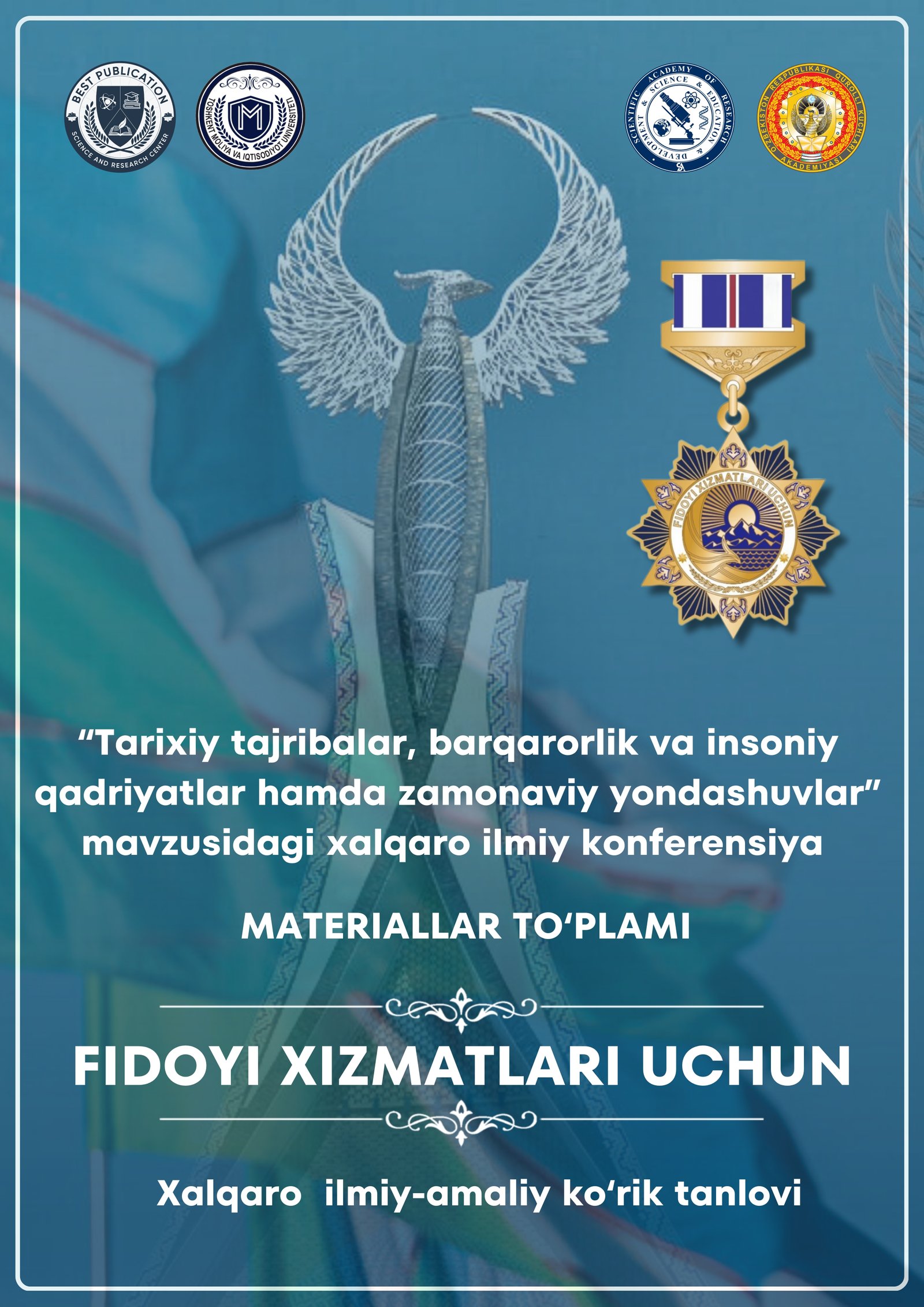DEVELOPMENTAL STAGES OF THE TAXATION AND THE ZAKĀT SYSTEM IN THE BUKHARA EMIRATE
Keywords:
Zakāt institution; colonialism; Muslim society; Bukhara Emirate;Abstract
This research describes the influence of the imperialist powers on the zakāt systems of Muslim country of Uzbekistan during the Imperial powers’ reign. Background: This work also attempts to identify reasons as to why the colonists had taken actions toward changing the old systems of tax collections as well as zakāt collections. Methods: This study intends to clarify the socio-political life in the country under the focus during imperial powers’ regime and to identify similar and different characteristics of the taxation and zakāt systems of this country during that period. During the colonial time, the colonists in Uzbekistan saw an opportunity to develop conventional taxation system and totally end zakāt and traditional tithe systems. Results: However, in Uzbekistan, the colonists introduced a dual system where both zakāt and taxation systems had developed simultaneously. This paper highlights the zakāt practices of pre-colonial and colonial Uzbekistan. Consclusion: The main objective of this paper is to find the main similarities and differences of the imperialists’ influence on the structural level of taxation and zakāt systems the country studied. This paper reveals that there is similarity such as in the administration of zakāt collection after the arrival of the imperial powers, where in both countries, the colonial powers appointed supervisors over local zakāt collectors, in order to control revenues. Overall, this research also found some important differences that arose because of the intervention of the colonialists, whereas Russians totally abolished the zakāt system by turning it into conventional taxation.
References
1. Djatmiko, H. (2019). Re-formulation zakat system as tax reduction in Indonesia. Indonesian Journal of Islam and Muslim Societies, 9(1), 135-162.
2. Demezon, P.I., & Vitkevich I. V. (1983). Notes on Bukhara Khanate. Moscow. Science publication.
3. Vambery, G. (1873). History of Bukhara. Saint Petersburg. Russia. Nauka publication Pp. 131-132.
4. Ganiyev, A. (2020). INSTITUTION OF ZAKAT IN COLONIAL MALAYSIA. The Light of Islam, 2020(1), 10-18.
5. Ganiyev, A. (2020). INSTITUTION OF ZAKAT IN COLONIAL MALAYSIA. The Light of Islam, 2020(1), 10-18.
6. Ganiyev, A. (2020). INSTITUTION OF ZAKAT IN COLONIAL MALAYSIA. The Light of Islam, 2020(1), 10-18.
7. Muhamad, A.A. (1993). Zakat and Rural development in Malaysia. Berita Publishing, Kuala Lumpur, Malaysia. See. p. 183
8. Shulthoni, M., & Saad, N. M. (2018). Waqf fundraising management: a conceptual comparison between traditional and modern methods in the waqf institutions. Indonesian Journal of Islam and Muslim Societies, 8(1), 57-86.
9. Khoroshin, A. P (1876) Zerafshan valley. Turkestanskiy Sbornik. Vol.116. Saint Petersburg.
10. Ganiyev, A., & Zinatullayev, Z. (2020). Tax and zakāt collection system of the Bukhara emirate during the 19th century. ISJ Theoretical & Applied Science, 10 (90), 313-317.
Available at: Soi: http://s-o-i.org/1.1/TAS-10-90-53
Doi: https://dx.doi.org/10.15863/TAS.2020.10.90.53
11. Mejov, V. N (1867) Population, income and expenditure of the Turkestan region. Turkestanskiy Sbornik. Sovremennaya Letopis №24. July 2nd, 1867. p. 201 a
12. Grebenkin, A. D. (1868). Notes on Kogistan (in Samarkand department). Turkestanskiy Sbornik Vol. 2. Saint Petersburg. P.p. 71-83.
13. Sobolev, L. N (1874) Insights on the Zerafshan Okrug taxation system. Turkestanskiy Sbornik. Vol. 90. Saint Petersburg.

